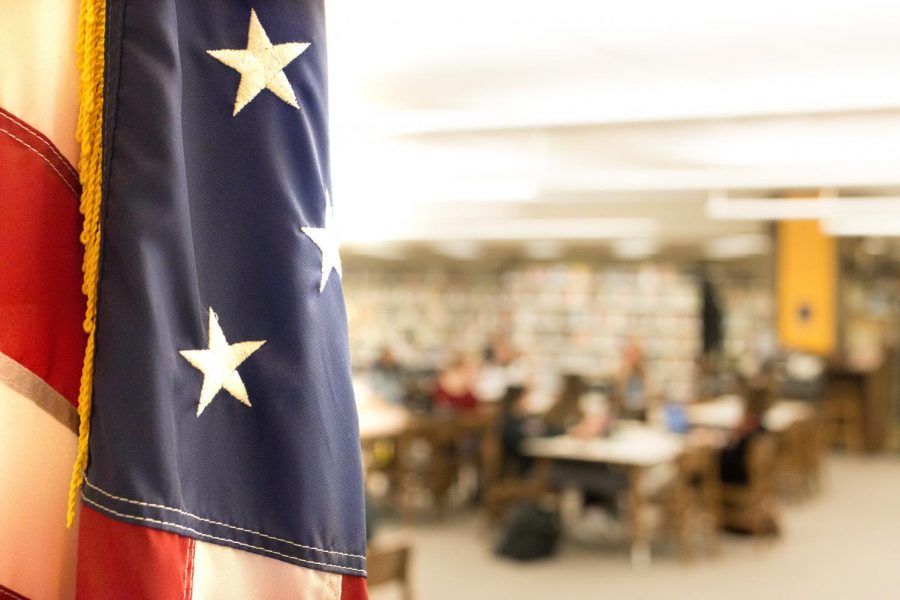The Freedom Pledge
What the Pledge of Allegiance really is — and why we say it
February 11, 2019
One thing that’s never changed in our many years of education — from preschool to kindergarten — is the Pledge of Allegiance that we chant to kick off our day. However, have you ever wondered why we actually say the pledge? Let’s take a closer look into the history and purpose of the passage we say every day.
The Pledge of Allegiance was first written and published by Francis Bellamy on September 18, 1892 for the kids’ magazine, “The Youth Companion.” Its original purpose was to celebrate the 400th anniversary of Christopher Columbus discovering America. 50 years later, the pledge was officially recognized by the US government and instituted into the daily routines of school children.
However, a year later, the Supreme Court officially ruled that students can not be required to say the pledge nor be punished if they do not recite it. This leaves the choice ultimately up to the student, allowing them to stand up and pledge or opt out, depending on their own personal beliefs. Although the pledge is not mandatory to say, a scheduled recitation of the pledge for all who do choose to take part is mandatory in all states except for Hawaii, Iowa, Vermont, and Wyoming. That means at NASH, it is in fact required for the school to lead participating students in the pledge.
One of the most contested portions of the pledge for people is the phrase “under God.” Multiple schools and individuals have gone to court over these two words, the biggest of these cases winding up under the jurisdiction of the Supreme Court. Those who fight against the addition of this phrase believe that it violates the secular nature of the American government and that it is generally discriminatory against various religions, as well as atheists, and that the phrase should therefore not be included in public, non-religious schools. However, the same issue has come up in multiple cases to date, and not one has succeeded.
Americans are not the only ones required to pledge on the daily. School children in North Korea recite an oath every day from when they are seven to their leader, Kim Jong-Un. However, unlike us, they are required to say their pledge and have no other choice.
This raises the question — what is today’s purpose for the Pledge of Allegiance? In countries like North Korea, it represents something of control, a way to ensure the unassuming youth are forever allegiant to their country. In America, the pledge of today is intended to represent patriotism, so for those who want to express their allegiance to their country every morning, it gives them a way to show their passion and pride. At the end of the day, the pledge to me is about freedom — you have the choice to pledge or not, with no consequences either way, but if you do pledge, you’re showing your support for a country where personal freedom prospers.












